We have seen the proliferation and emergence of HR technology during the past decade. In fact, you could argue that the HR tech space is extremely saturated – there’s a solution for everything, for every type of organization, and in every industry. We are way past the point of needing to build a solid business case for why an organization needs HR technology. If you’re still fiddling around with the business case then I would strongly suggest you do everything possible to move past it as 99.9% of your peers have already taken the “move past it train”.
What is HR Technology?
Every organization needs an “HR tech stack”, which is the collection of software tools that you use to maximize the experience of your employees. There are 3 phases that make up the employee experience lifecycle – talent attraction, talent engagement, and talent retention. That’s it. Your HR tech stack should cover the entire spectrum of the experience and should allow HR teams to add huge business value to organizations. If you’re still meddling in a sea of paper and manual administrative tasks then you’re not maximizing business value. It’s really that simple.
I will be the first one to admit that figuring out which solutions are the right ones for your organization is a daunting and difficult task. I’ve had conversations with hundreds of HR leaders about this very problem, and while there’s no perfect path to figuring this out, doing something is better than doing nothing out of fear and paralysis. Many leaders simply accept the status quo and the notion that” what we have seems to work” to avoid doing anything at all. This is a huge mistake and it negatively impacts your organization.
While the employee experience matters more than anything else, so does scaling operations. Many of the traditional HR administrative tasks can now be efficiently and successfully handled by HR software. The growth of AI, machine learning, and integrations, can allow HR teams to spend less time on low-value tasks and more time on adding strategic value. I know this is easier said than done, and change is scary, but the HR industry needs to keep progressing by taking more risks, learning new tech-related skills, and evolving HR into a key business driver.
Learn how to implement employee well-being into your total rewards with our free guide.
What does scaling HR mean?
ScaleHR focuses on growing SMBs who are scaling their operations. These organizations are in a constant state of change and flux, and in order to successfully transition to the next level in their existence, they need to make changes to how they operate. Scale-ups can no longer run their businesses like they did when they were a startup at 5 employees, for example. You could be at 60 employees and growing and the founding team is simply unable to manage everything like they once did. These organizations are building our functional teams such as Finance, Marketing, Sales, Engineering, Operations, etc… with someone leading them. The senior leadership team has grown in size, and you are likely hiring “middle managers” to lead teams. With more employees working together, and likely in different geographies, how are you possibly going to keep everyone connected, engaged, and seamlessly working towards common objectives? What you do, and how you do it, moving forward, is all about scaling your operations.
The same goes for HR, which, to be honest, is often an after-thought to many SMBs. This post is not about why HR is an after-thought (don’t worry… a post is coming on this topic) but about describing what scaling HR means. Scaling HR simply means building the employee infrastructure that allows and enables organizations to grow smartly, efficiently, and successfully. Go back to the “employee experience lifecycle”. A great way to build an HR strategy for a growing SMB is to take the lifecycle and plan out requirements in projects — e.g. recruiting and employer brand, career site, employee onboarding, compensation, agile performance management, employee engagement, rewards and recognition, and the list goes on. You can’t do everything overnight but at least you can build out a 12-18 month plan to build and launch a solid and strong HR infrastructure.
Where does technology fit?
I mentioned HR technology earlier in this post. It’s very… VERY… important that you start with the HR strategy before looking at technology. I would say that more than 75% of HR leaders I talk to start with the HR technology and then cross their fingers and pray that the technology will help drive the strategy. While you may get lucky and everything works, most often that’s not the case. It can’t be emphasized enough that in order to truly scale HR, you need the right technology stack, and tech decisions come after you have built out your HR strategy.
You need technology working with and for you. The stack should allow every HR department to provide an amazing employee experience while leveraging the power of modern-day technological advances to handle administrative and manual tasks. Wouldn’t life be great if you could stop spending time downloading and uploading PDFs all day long?









